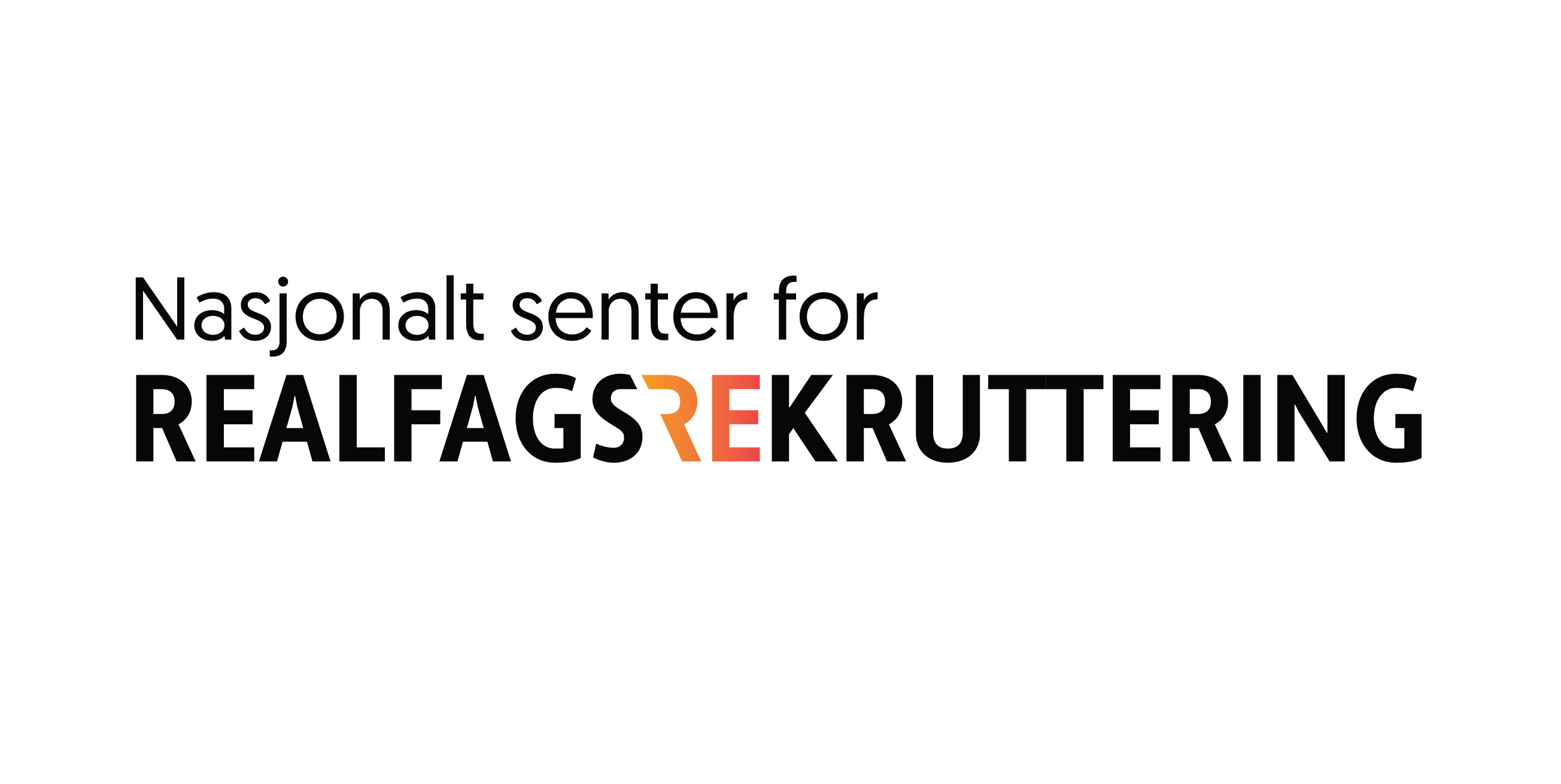Bètamentality 2011-2016: Attracting Young People to Science and Technology
More and more young people are choosing to study science, technology, engineering and mathematics (‘STEM’) both at secondary school and in higher education. As a result, the Netherlands has managed to catch up somewhat with the rest of Europe in recent years. That’s certainly a welcome development, as talented and highly educated science and technology experts have a role to play in devising sustainable solutions in the fields of energy, climate change, health and welfare, population ageing and the ever-increasing desire for mobility. However, our knowledge-driven society demands even more. The economic crisis may have prevented the labour market from shrinking for the time being, but the workforce in a number of technological sectors is ageing, which means that labour shortages are expected in the near future. For the sake of the economy and society, it therefore remains important to ensure that STEM subjects are inspiring to young people. And in order to inspire that target group, it is important to know what drives and motivates them. How exactly do they view STEM subjects?
The objective of Platform Bèta Techniek is to ensure a steady supply of highly-educated science and technology experts for future years. In order to achieve that objective, the Platform co-operates closely with various parties in the educational system and labour market. One of the important aspects of these efforts is to improve the image of STEM educational programmes. These programmes must remain relevant to young people. They need to target groups who might not normally choose a STEM subject, but who do have an active or passive interest in science itself. Another potentially interesting target group is young people who are good at science and technology subjects but have a negative image of the world of science and technology (the ‘SciTech world’). The underlying question is how to inspire these young people: how can we (re)introduce them to the SciTech world and STEM subjects in a positive and exciting way? And subsequently, how can we hold on to them?
In 2007, the Platform commissioned the survey that formed the basis for the BètaMentality model. The model helps educational institutions, business and sectors to understand how young people see STEM subjects and to adapt their approaches accordingly. The model was devised three years ago and is being used successfully by an increasing number of educational institutions, businesses and intermediary organisations.
In 2010, a new survey was performed with the aim of gaining broader and more in-depth knowledge of the target group. The age group of the participants was widened to 12-24 (compared with 14-18 previously) and the questions were extended to gain a greater insight into the four BètaMentality types. The new information was used to refine the model. Further insights were also gained by using BètaMentality youth panels and by linking careers to the four BètaMentality types. We hope that this publication will therefore be even more enlightening and inspiring than the first edition.








